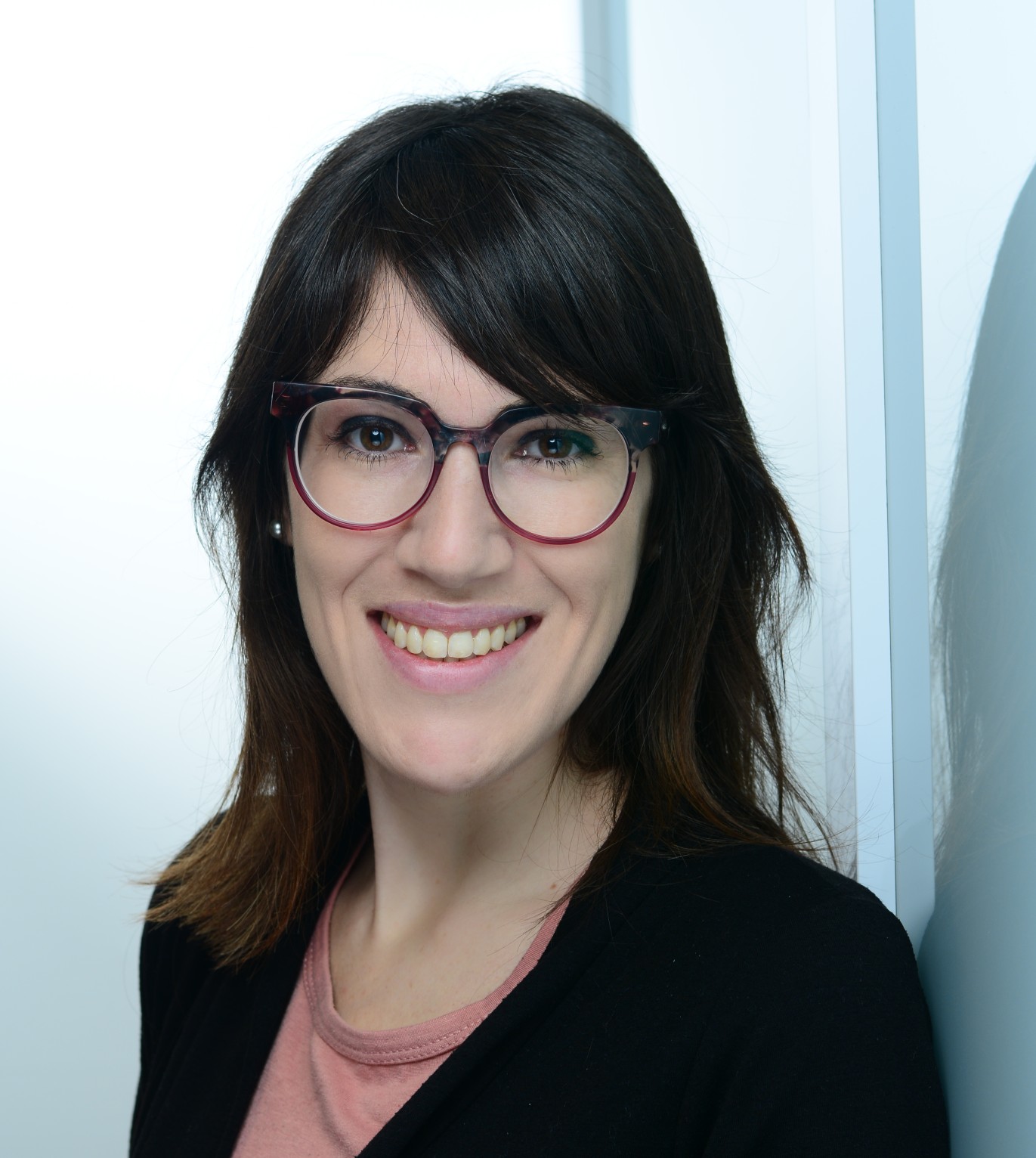Over the past decade, close to 600,000 Italians have sailed westward across the Atlantic Ocean seeking a better work life amid decreasing professional opportunities at home. Artists in particular, despite the country’s illustrious standing as the most important center in Western art history, are leaving in search of a place where they can do their art full time.
Four Italian artists, Luca Capponi (36, documentarian), Cecilia Fontanesi (41, dancer), Carlo Siliotto (74, film composer) and Mattia Biagi (50, artist and designer) have told their story of migration from Italy and self-fulfillment in America, where they’ve been able to turn art into their job. After a first phase of adaptation and going through challenging moments, they all experienced a greater freedom of artistic expression in the United States, finding serious opportunities of professional realization and a highly receptive audience.
Italy is the third largest economy in the European Union, while also being among the European countries with the highest rate of unemployment, currently standing at 7.2%. Although the cost of living in Italy is still relatively affordable, Italians often choose to move to countries with more favorable professional opportunities like the United States, despite the higher living expenses. This was the case of artists Capponi, Fontanesi, Siliotto and Biagi.
The Documentarian
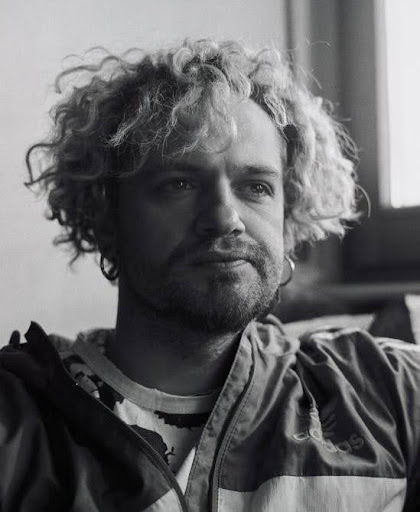
“I’ve always had an attraction towards art, especially photography. When I was ten years old I started taking my first photos. I enjoyed telling stories by assembling photos, creating sort of collages. At the end of my master’s degree I got a Reflex camera as a gift and with a Christian association I went to Romania in a community of gypsy orphans in order to film them, which opened up to me the world of documentary filmmaking,” said Capponi in a phone interview after he had just come back to Berkeley from Los Angeles, where he recently gave a Masterclass at UCLA. He was also in LA attending “Getting Real,” the biannual conference designed for and by documentary filmmakers and focused on the business and art of nonfiction storytelling.
Before moving to the United States, Capponi graduated from the Centro Sperimentale di Cinematografia (National Film School) in Palermo, Italy, and had different jobs in the social sector. Indeed, he has always been inclined to assist people who are in need – whether that be those who are disabled, children, or the elderly – while always cultivating the dream of becoming a documentarian.
“Being your own producer without any economic resources is difficult and I wanted something more from my life. I came to the United States mainly because I wanted to be an independent documentary filmmaker, I didn’t want to work for a production company. This choice is certainly connected to the freedom of expression. Here I am the one who decides where to point the lens and how to tell my stories without too many institutional constraints. Here I am free.”
As the son of an Ecuadorian librarian who migrated to Italy, Capponi has always dealt with stories of mestizos or people who live on the margins of society, which in Italy did not find the same enthusiastic reception as in the United States.
“Maybe something is changing in Italy, but cinema has always been made by white people for white people, and still those who hold power in this world are white people, indeed Italians, the same little group. Here, instead, when compared to Italy, I found a much more educated, sensitive and progressive audience, less afraid of what is different. This society values diversity instead of accusing it and deeming it something harmful, and that’s what I like about it,” he added.
At the moment Capponi is working on his first feature film, now in post-production.
“I don’t know if I’ll go back to Italy, maybe to Europe. In the future I’d like to open my own production company and work in cinema, music and events. Money or no money, success or no success, the greatest victory is that I found who I am,” he said.
The Dancer
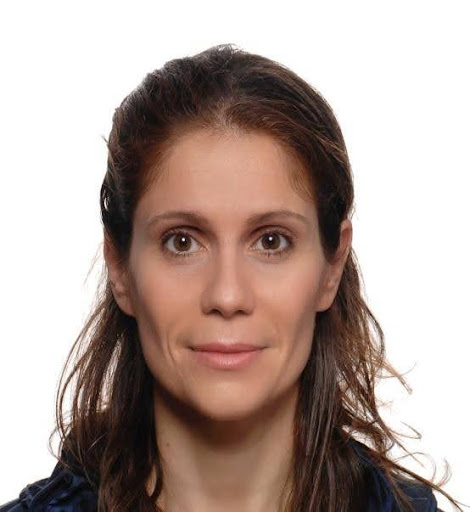
Cecilia Fontanesi fell in love with dance at the age of seven, when she took her first dance lesson and it seemed like the most beautiful thing ever. She learned different styles like modern jazz, ballet and contemporary dance, before becoming a professional dancer and choreographer.
Holding a Ph.D. in neuroscience, she is also a certified movement analyst and a dance/movement therapist. Before arriving in New York, where she still lives, she was part of three dance companies in Italy, while working as a dance teacher and as a waitress.
“Italy lacks a basic dance culture, even considering that it is the only country with no dance departments in universities. And being a dancer is not a possible answer to the question, ‘What do you do for living?’. If you are a dancer, you do it as a hobby or for your self-satisfaction,” she said in a Zoom interview from Otranto, Italy, where she is collaborating with local cultural associations.
When comparing professional dance in Italy and in the US, the main difference is that here she can work as an educator at the university level and as a dance therapist, a job not truly acknowledged in institutional terms in Italy. More than freedom of expression, in the United States, Fontanesi found an actual existential freedom.
“Here you can exist in the professional definition you have chosen for yourself,” she said.
“In New York there is a culture of knowing how to relate to what you don’t understand, and the audience remains in this area without feeling any form of discomfort or judgement,” she added.
Along with serving as the Research and Practice Committee Chair of the American Dance Therapy Association, Fontanesi is now working in Italy as an art therapy trainer.
“I wish to bring to Italy what I’ve learned here and make a contribution in art, it would have an existential meaning. I’d like to put together a group of dance professionals and make a proposal to the Italian Ministry of Education to open a degree course in dance. It could also be a failed attempt, but if you don’t fight you don’t know if you’ll win,” said Fontanesi.
The Film Composer
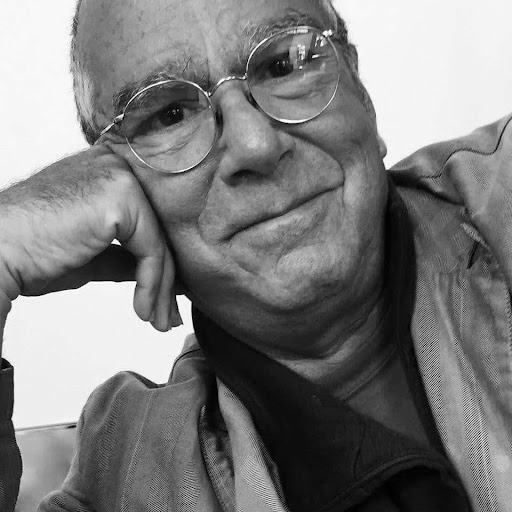
“My passion for music developed when I was between seven and ten years old. My mother took me to the ‘Festival dei Due Mondi’ (Spoleto Festival in Spoleto, Italy) to see a gospel concert, which ended with people standing on chairs clapping along with the music. On the way home she asked me if I wanted the guitar or the bicycle as a gift for my birthday. I replied, ‘the guitar.’ That was my baptism with music,” said Carlo Siliotto in a Zoom interview from Los Angeles, where he has lived since 2005.
After formal studies in composition at the Conservatory of Frosinone, Italy, he was among the founders of the Italian popular folk band, “Canzoniere del Lazio” (1973-1980). Now he works as a film composer in Los Angeles, having pursued the professional goal of composing music for images.
“I have always been interested in the traditional music of the peoples. Living in L.A. I’ve had the opportunity to work with Mexicans, with Colombians, with Kazakhs, and I was also exposed to Chinese, Japanese and Arabic music. I’ve had different possibilities that correspond a lot to me because they allowed me to think of myself in the world and not in only one place. As a member of the Academy of Motion Pictures Arts and Sciences, I feel like I’m at the top of an observatory of the world, even of the cinematic world, a position in which I couldn’t find myself if I didn’t live in this city,” said Siliotto.
He found the American audience particularly generous towards artists and has no doubts that in the US they are offered a larger range of opportunities.
“This is a place where you are welcome if you bring something. My experience as a musicologist mixed with composition and the melodic culture I come from made me the agent of something they found useful in many ways. On the other hand, if you throw yourself into the meat-grinder mechanism of absolute work, there is probably less artistic freedom, but I’ve never put myself there. I’m not here to make money. Those who are here to make money are not free from the very beginning,” said Siliotto.
When asked about the main difference with Italy, he replied, “In the US there is more reciprocal respect in the world of cinema, whereas in Italy I’ve always seen a lot of snobbery and closed groups. Perhaps I was even part of this without being aware of it. In Italy I founded an association of composers and I saw the attitude they have towards each other has changed, has improved. This is also one of my credits,” he added.
In parallel with various cinematic collaborations, Siliotto is currently engaged in the writing of an opera, aiming to conclude it by the end of this year.
The Artist and Designer
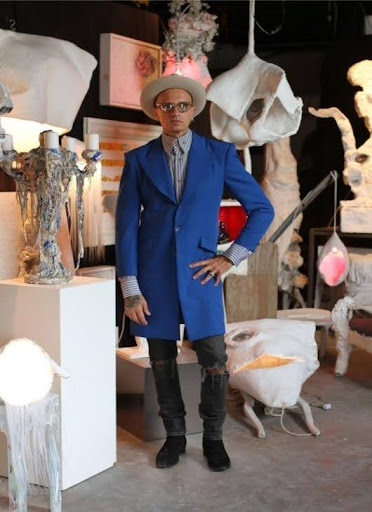
Mattia Biagi had never thought of an artistic career. “I made art because I liked it, it was a way of expressing myself. My work is very physical, and it’s really a need. I need to go to my studio and work with my hands. I need to create,” he said in a phone interview from Los Angeles, his home for the last 20 years.
He approached art from a background in the fashion and design industry. At the age of 19, he started working for the furniture designer Giulio Cappellini and moved to L.A. to help launch the first showroom of the eponymous Italian furniture company.
“I decided to create sculptures and paintings just to liven the shop up. Two days after the opening, a fairly important art collector stopped by and cried out, ‘Oh my God, who made these paintings? Who made these sculptures?’. I replied, ‘I made them, but just for the shop, no big deal’. He wanted to buy them and asked me for the price. Then I realized there could be an idea behind all this. Obviously I hadn’t thought of it that way,” Biagi said.
Drawing his aesthetic impulse from the idea of preservation and transformation, he creates artworks by experimenting with bronze, marble, wood, and above all, black tar, used for carving objects like his teddy bears.
“Here in the US I found a very different sense of freedom and appreciation. Maybe I did the right thing at the right time. In Italy I would not have ever been able to go through the artistic journey I had here. Usually the artistic path is, ‘Where did you study, who was your professor?’. Then, of course, as I came from the design branch it wasn’t easy, I ran into the realities of galleries and museums where, not having an academic background, there were difficult moments,” he added.
Biagi is convinced that his Italian origins opened many doors to him in the United States, and called attention to basic differences in mentality when speaking of art.
“Being an artist in Italy is very difficult and there is a closed mentality among the majority of people. Instead, being an Italian artist here, ‘Oh my God, that’s amazing’. They look at you like, in Italy you have the best design, the best schools, the best art. And it’s true. Then you go back there and everyone tells you ‘Ah, you are an artist? Find a serious job!’. But I am an artist and this is my job,” he said.
Biagi has pieces in three permanent collections (Louvre in Dubai, Mint Museum in North Carolina, Castello di Rivara in Turin), along with private collections of celebrities. He has just opened a company with an Italian business partner and decided to divide his work between design, art and fine art.
Capponi, Fontanesi, Siliotto and Biagi share a journey of artistic success from Italy to the United States. Sailing westward across the Atlantic Ocean, like the famous Italian Renaissance explorers, they discovered their own America.

